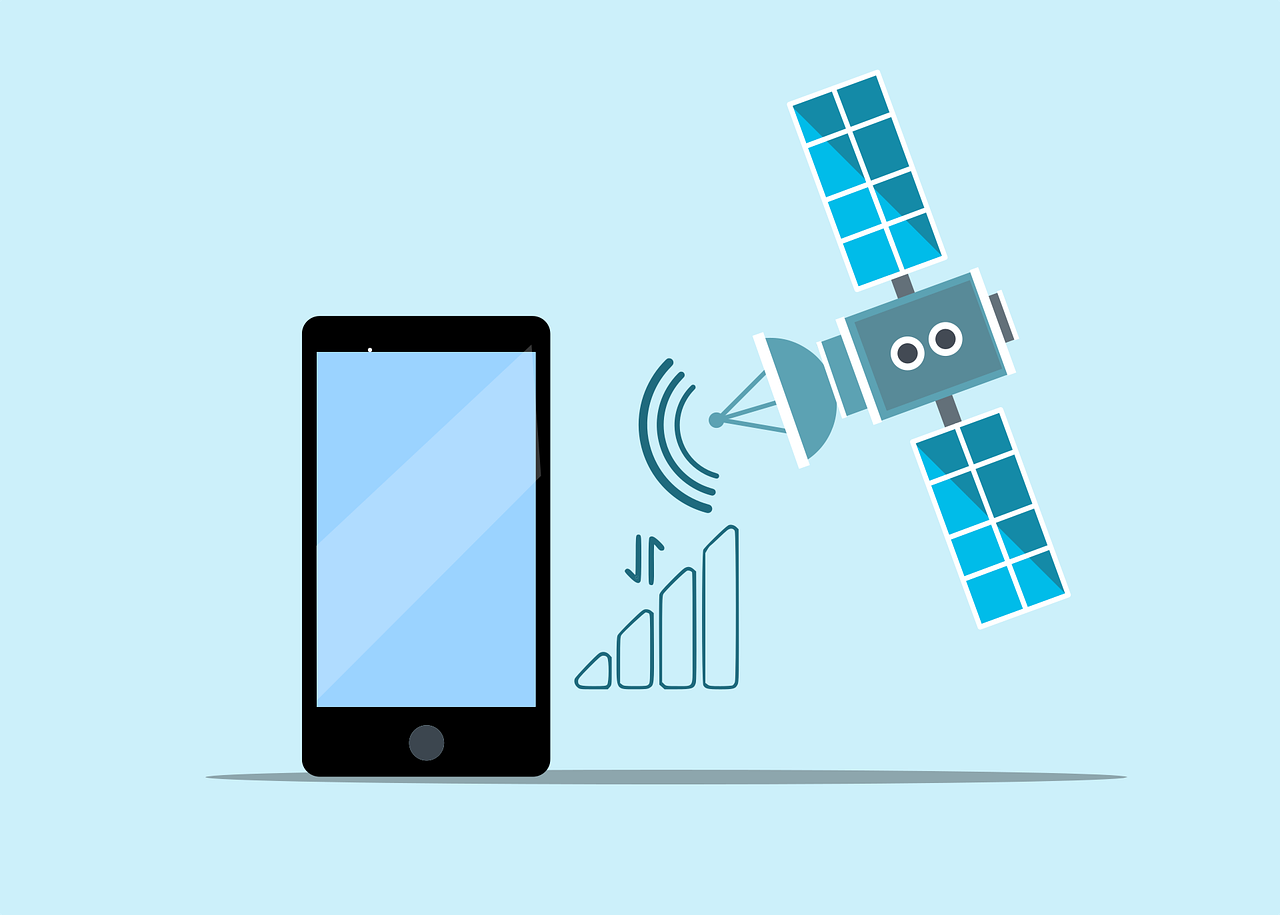This post is also available in:
 עברית (Hebrew)
עברית (Hebrew)
Nowadays, the number of connected objects that compose the Internet of Things (IoT) is growing quickly – today’s 15 billion connected devices are expected to become 30 billion by the end of the decade. However, one of the main barriers of the IoT is how to connect objects to the internet in places where there is no mobile network infrastructure.
The current answer seems to come from low Earth orbit (LEO) satellites, although it still presents its own challenges. A new study led by two researchers from the Universitat Oberta de Catalunya examined ways to improve the coordination between the billions of connected objects on the surface of the Earth and the satellites in its atmosphere.
According to Interesting Engineering, the IoT revolution was made possible by low-power, wide-area networks (LPWANs) and the terrestrial infrastructure built for mobile telecommunications. However, many remote locations and rural areas cannot access those networks, and so a recent emerging solution has been LEO satellite constellations.
Guillem Bouquet, one of the leading researchers in the study, explained: “LEO satellites are particularly relevant when it comes to the IoT because, being closer to the Earth, they need less transmit power to achieve reliable communication. This means that devices can save energy, extending battery life and saving on maintenance costs.”
However, using this option for the IoT brings its own challenges, mainly limitations that are linked to the way the technology itself has been designed – IoT devices are mostly powered by batteries and have regular sleep and wake-up cycles to save energy. However, since LEO constellations don’t provide uninterrupted coverage, we end up with short, irregular communication windows. Furthermore, to synchronize the needs of connected objects with LEO satellite access times, one must be able to predict where each satellite is going to be and when the communication window will open.
“Our proposed solution is to synchronize the IoT application’s transmission needs and the network’s communication needs on the one hand with the satellite’s availability times on the other. This synchronization is based on the ability to predict these times by using a model of the satellite’s orbital path, starting from a known initial point,” said Boquet.
The researchers’ solution was tested and yielded promising results: the satellite access ratio improved by up to 99%, ensuring long-term access to the network while minimizing the device’s energy consumption.
“The next steps are to complete the cost-benefit analysis of implementing the solution, taking into account various applications, service networks, types of satellite constellation, IoT devices and communication technologies; and then to propose and put in place energy-saving modes that automatically adapt to communication needs and the changing conditions of non-terrestrial networks,” concluded the researchers.


























